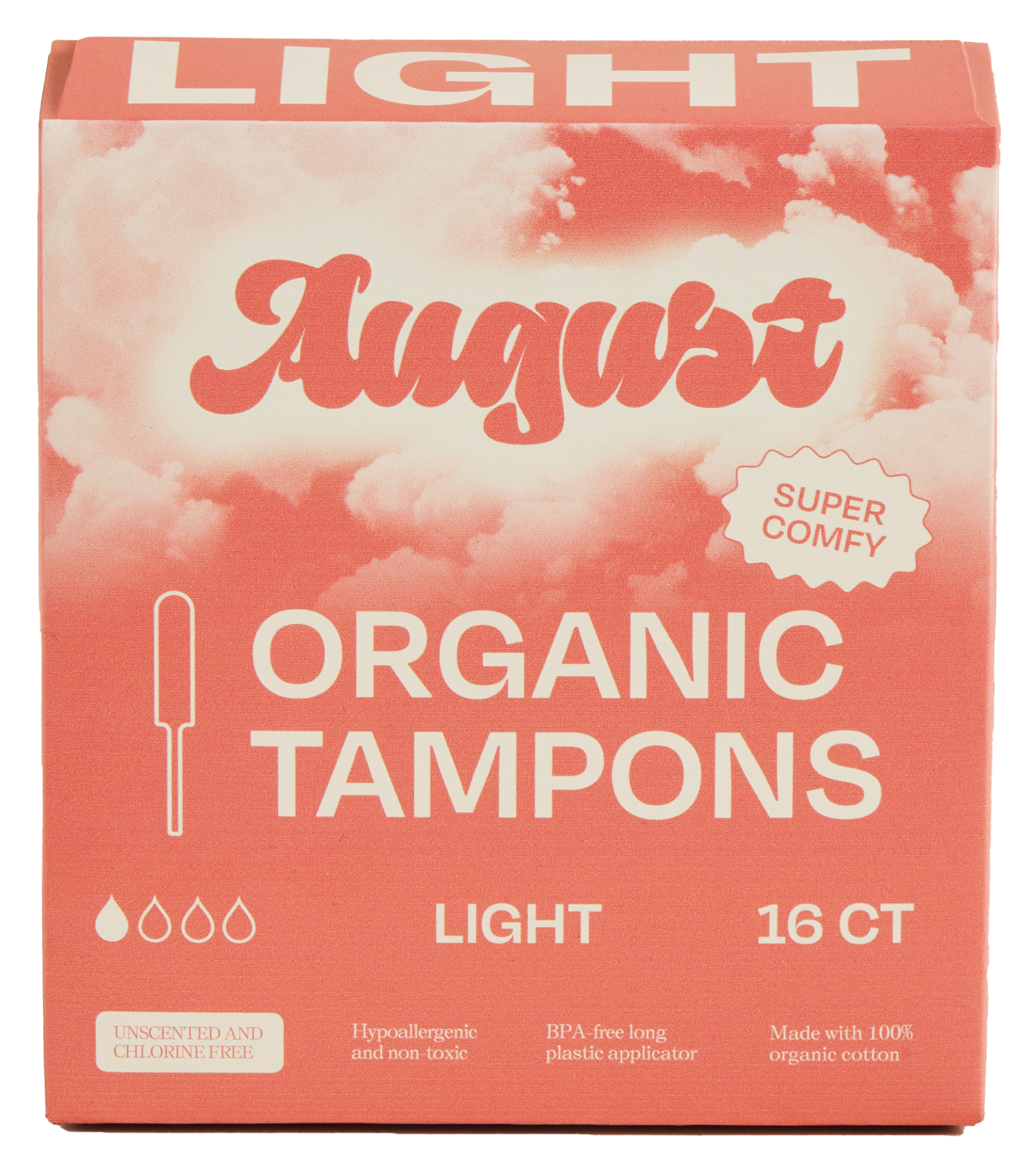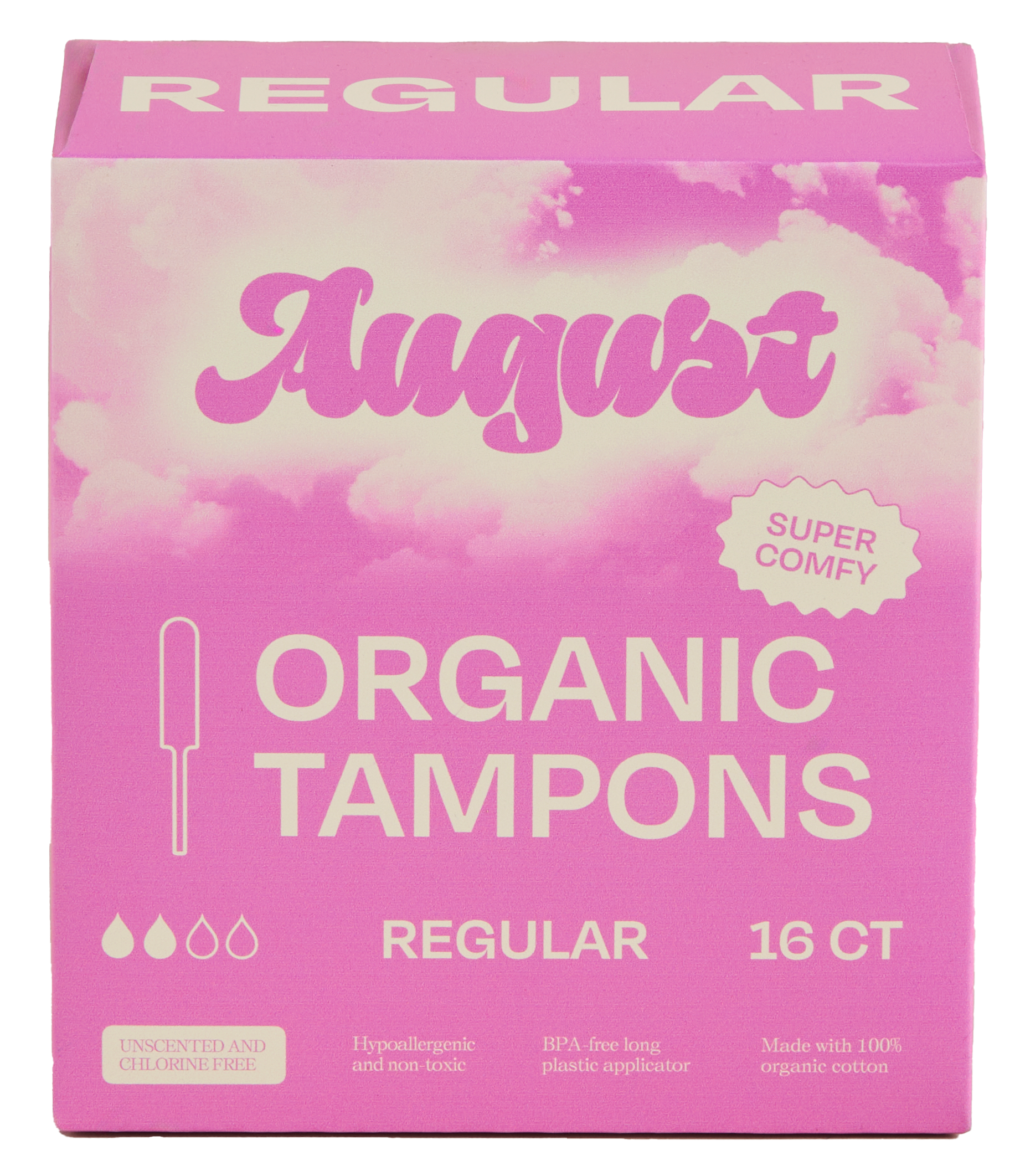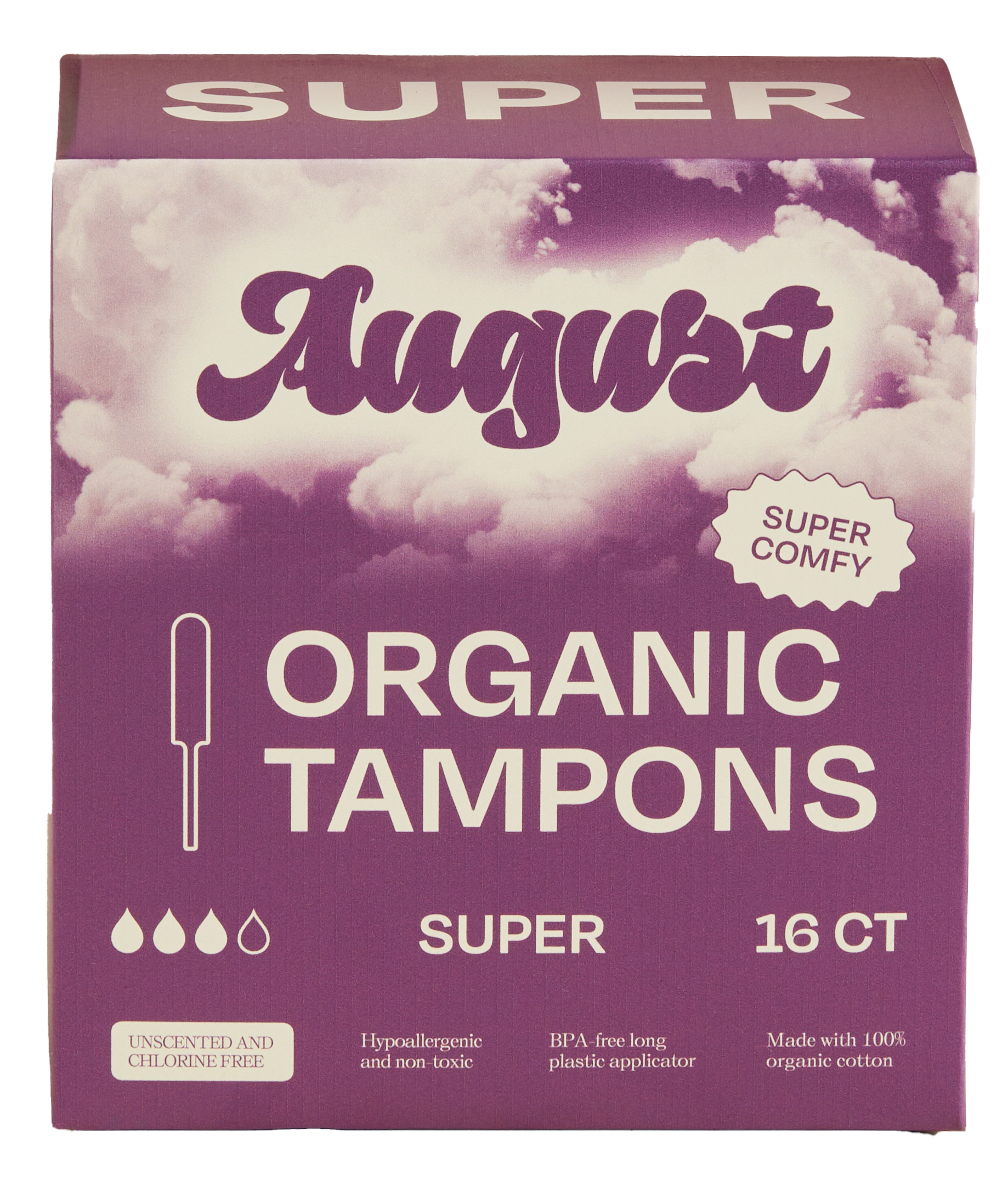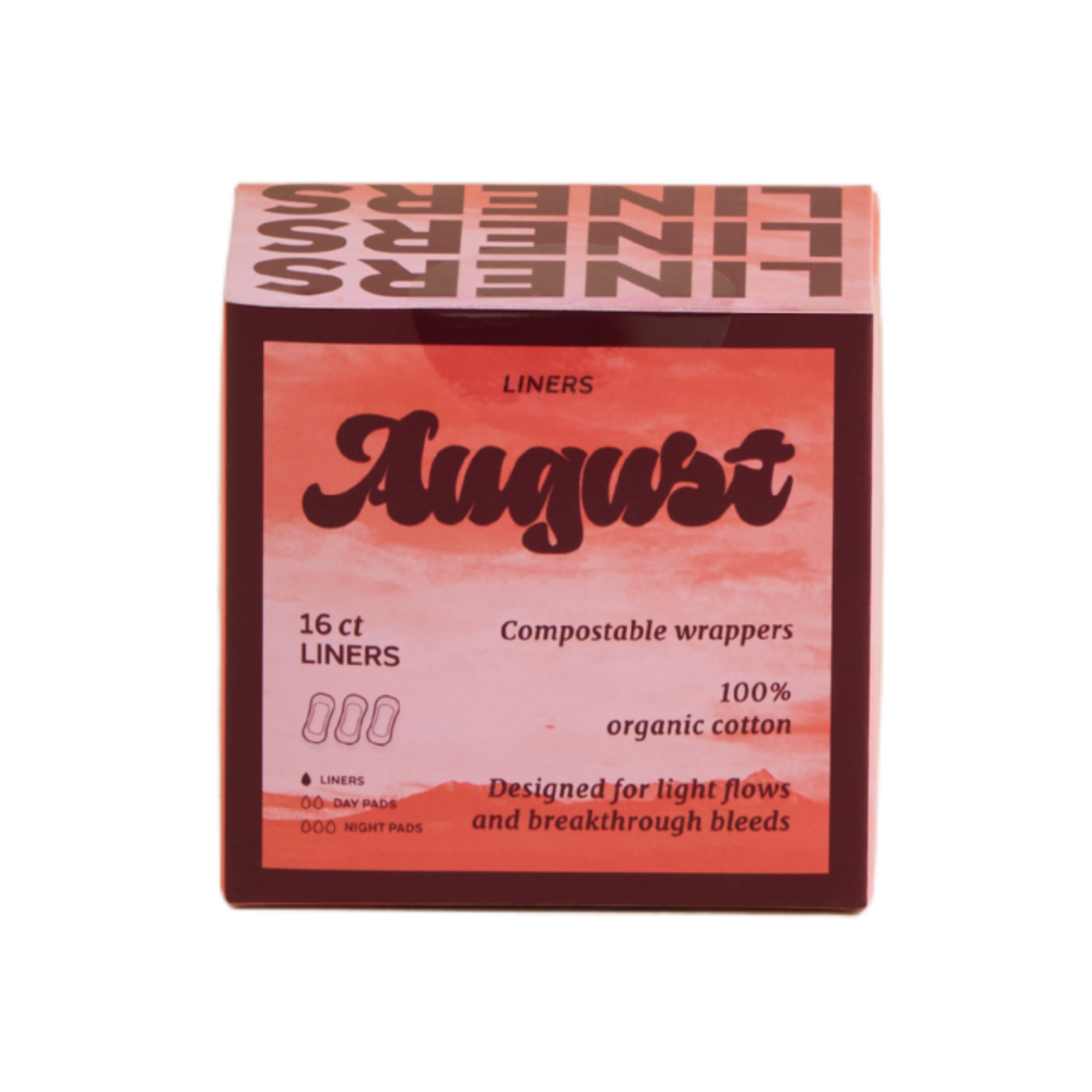During menstruation, the lining from inside the uterus, aka the endometrium, is shed. This is because the body prepared itself for carrying a baby but, if no fertilization occurs, there is no need for all the substances that have been built up inside, and so they are let go.
Menstrual flow includes blood, mucus, and other fluids. More often than not, people with vaginas will also notice discharge appear at various points throughout their monthly cycle.
All information provided below was verified by 2 experts on the August Medical Board:
What is vaginal discharge?
First off, vaginal discharge is totally normal and all vagina owners have it! It's a collection of fluids from your uterus, cervix, and vagina.
Discharge starts to make an appearance in the months leading up to your first period when you're going through puberty, and then will continue to show up during your menstrual cycle!
TW: visual of discharge coming up...

This is a great example of what healthy discharge looks like!
Why do I have discharge after my periods?
We think discharge is a superpower tbh, since it is our vagina's natural way of cleaning itself.
Discharge helps clean and moisten the vagina as well as prevent and fight infection. It's also a useful measure for tracking the health of our vagina and knowing what phase of your hormone cycle you're in.
How can I use discharge to track my menstrual cycle?

In addition to things like body temperature, mood changes, cramps, and cravings – discharge, or more specifically the cervical fluid that ebbs and flows during the menstrual cycle, is a great indicator to track your period.
Jenna Longoria, FND-P explained to us that cervical fluid changes in consistency and gets wetter closer to ovulation. Right before ovulation it is clear and stretchy and looks like that of a raw egg white.
What does ovulation mean?

Ovulation is usually the halfway point of the menstrual cycle, when the egg (ovum) is released from an ovary (reproductive organ).
On a more medical level… Each month, between days 6-10, follicle-stimulating hormone causes follicles in one of the ovaries to begin to mature. However, during the few days after that maturation period, only one of the developing follicles produces a fully mature egg.
At the mid cycle point of the menstrual cycle, a sudden surge in luteinizing hormone causes the ovary to release an egg. From there, the fimbriae (aka finger-like structures found at the ends of the fallopian tubes) catch the egg and bring it into the fallopian tube for its five-day travel to the uterus.
Fallopian tubes are narrow, hollow structures where fertilization of the egg happens. As the egg is traveling through the fallopian tube, the hormone level of progesterone rises and helps prepare the uterine lining for pregnancy. The end of this process is either pregnancy, or if no fertilization occurs, a period will come.
How can I tell if my vaginal discharge is healthy or a sign that something is wrong?
Healthy discharge is clear or white, has a mild odor, and can change thickness based on where you are in your cycle.
Signs of abnormal discharge:
- Green, yellow, blood tinged (if not near menstrual cycle or ovulation) pus (referred to as purulent)
- Thick and white discharge
- Fish-like or foul odor
- Increase in the amount of discharge
Dr. Brighten, ND warned us that, if you are experiencing pain, fever, pain with sex, itching, swollen and discolored tissue, changes with urination, or abdominal discomfort accompany – you should see a licensed health care provider.
Our discharge is necessary for and unique to our bodies. Therefore, its features shouldn’t change much during your reproductive years up until you become pregnant or hit menopause. Which means you should only be concerned if it deviates from the norm – aren't we lucky to have this consistent health check measure on our precious vaginas? We def think so.
Why does discharge stain my underwear?

Discharge’s natural pH level is on the acidic side, varying between 3.5 and 7. The acidic nature of discharge is what has the ‘bleaching’ effect.
Lighter colored underwear might not show potential stains but pants, you might not notice these stains. But when you wear black underwear you might notice bleached patches.
Can I avoid discharge stains?

You can try using liners to catch the discharge.
We may be biased but we’d recommend August’s liners
In conclusion…don’t be too freaked out by discharge!
In addition to being one of the first signs of a first menstrual period, discharge is also a menstruator’s sign of health.






























